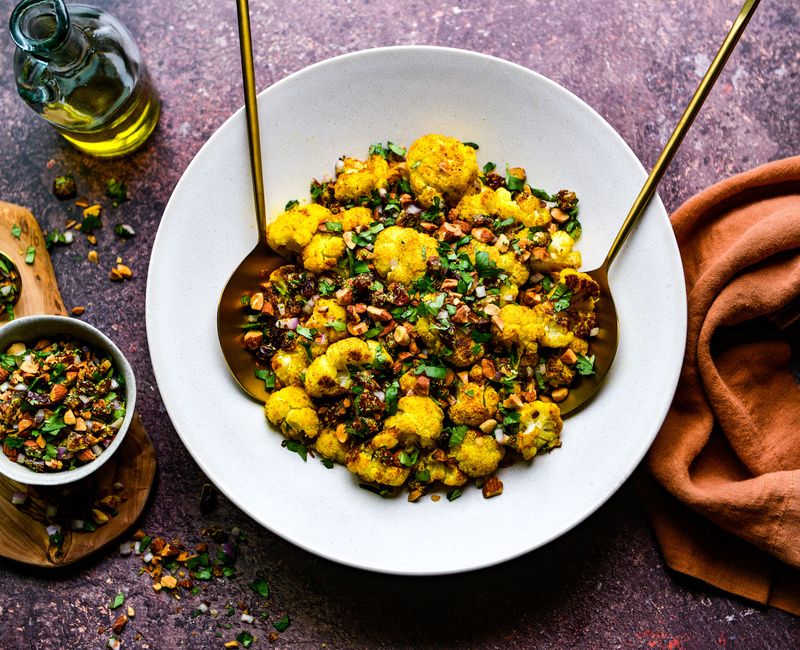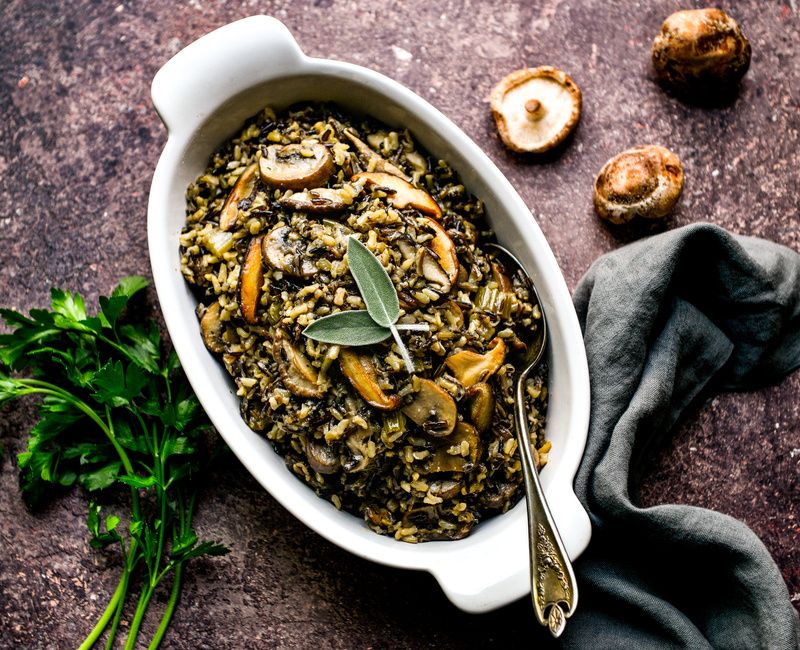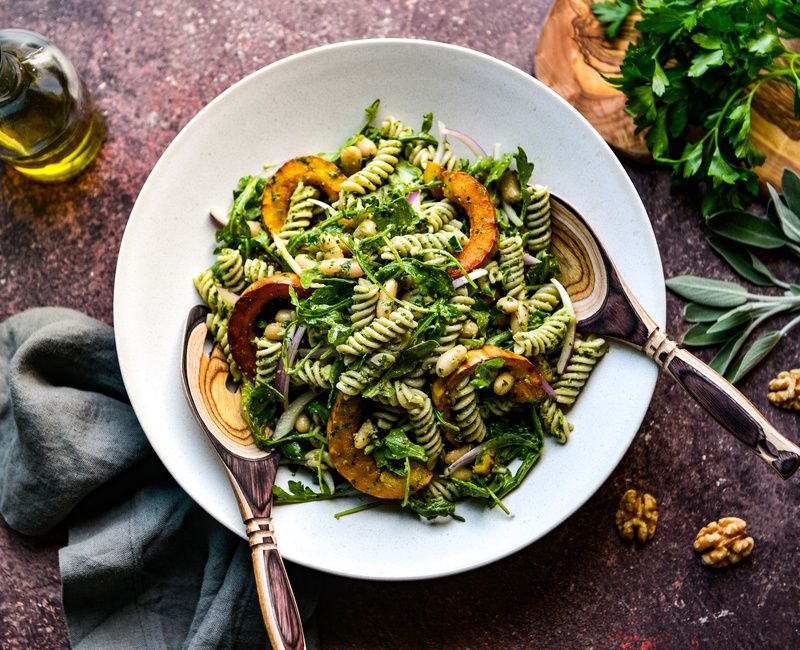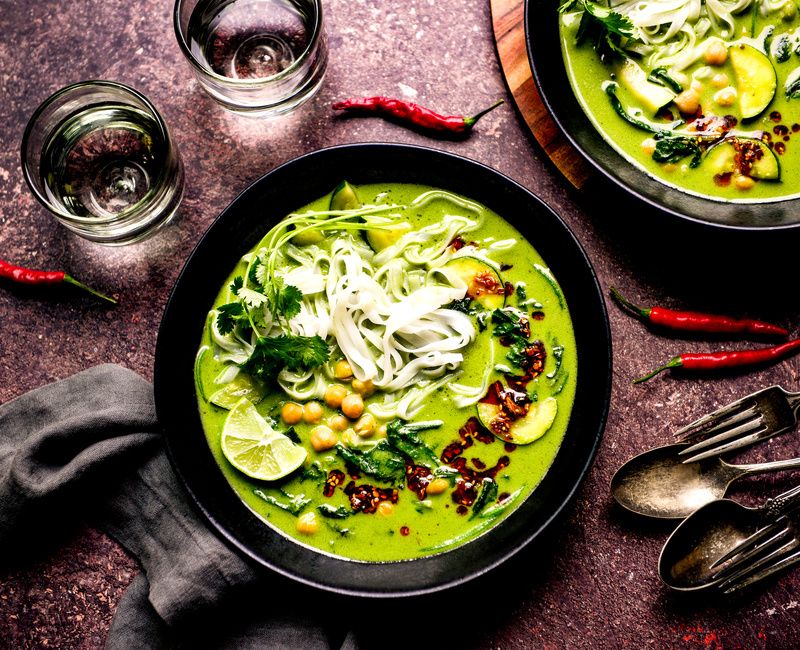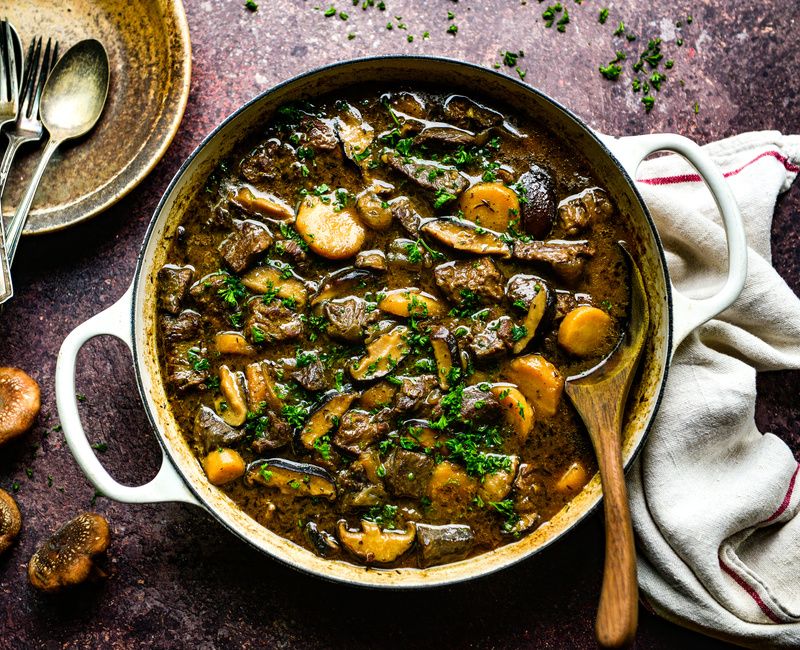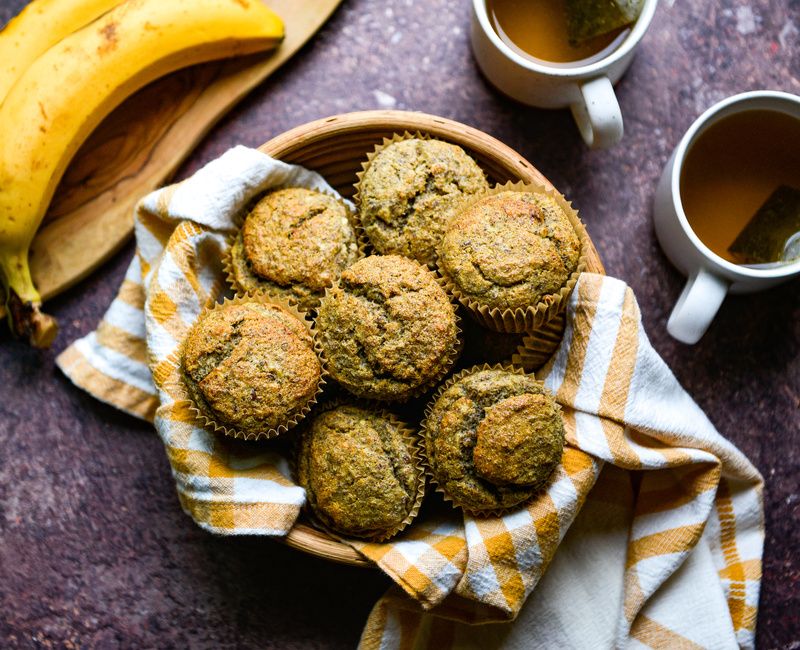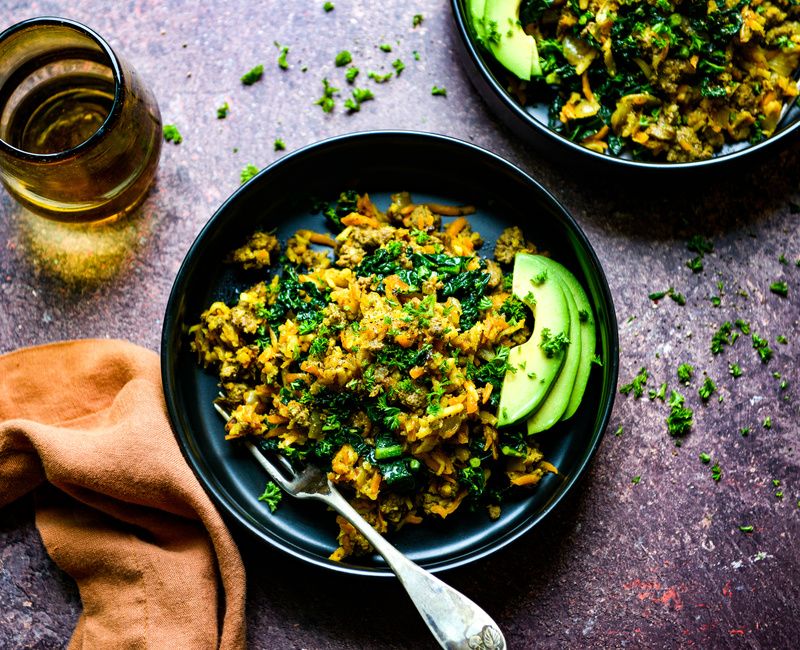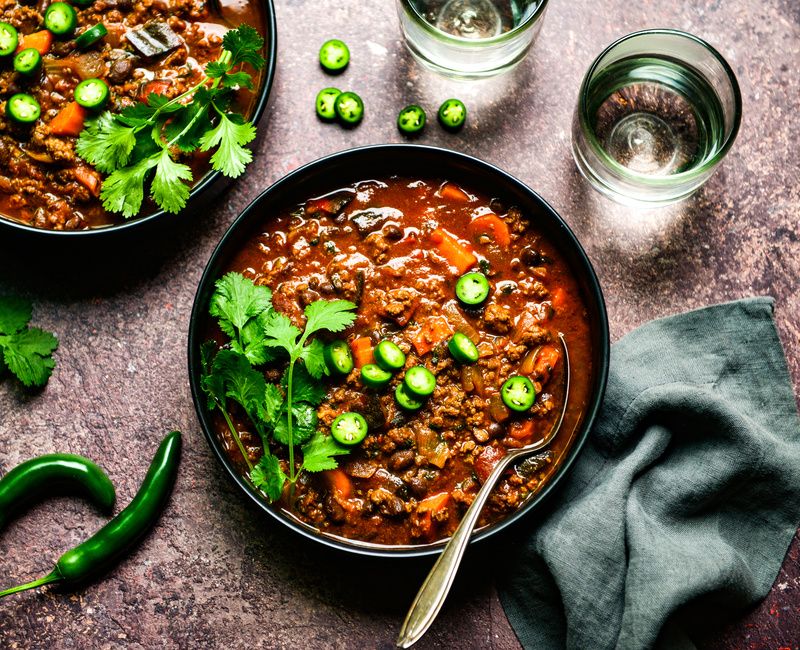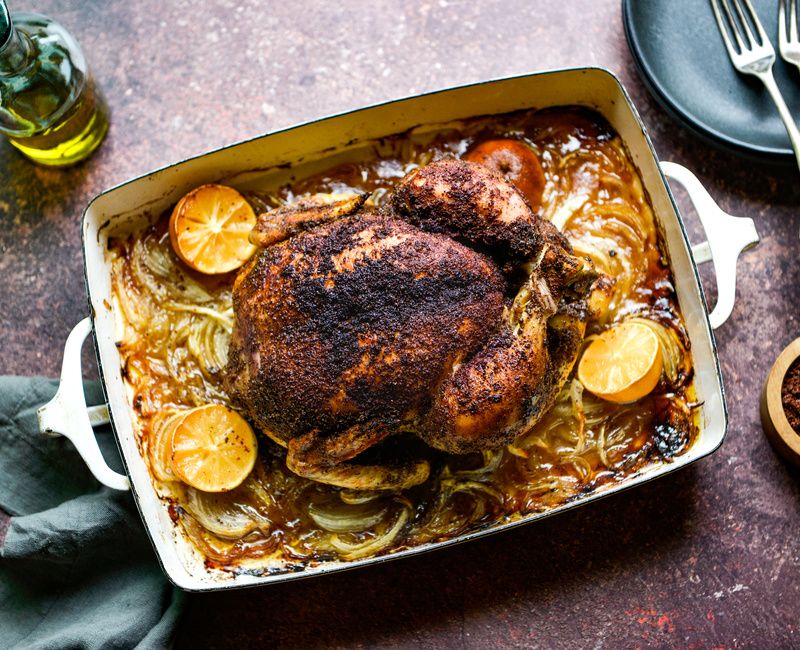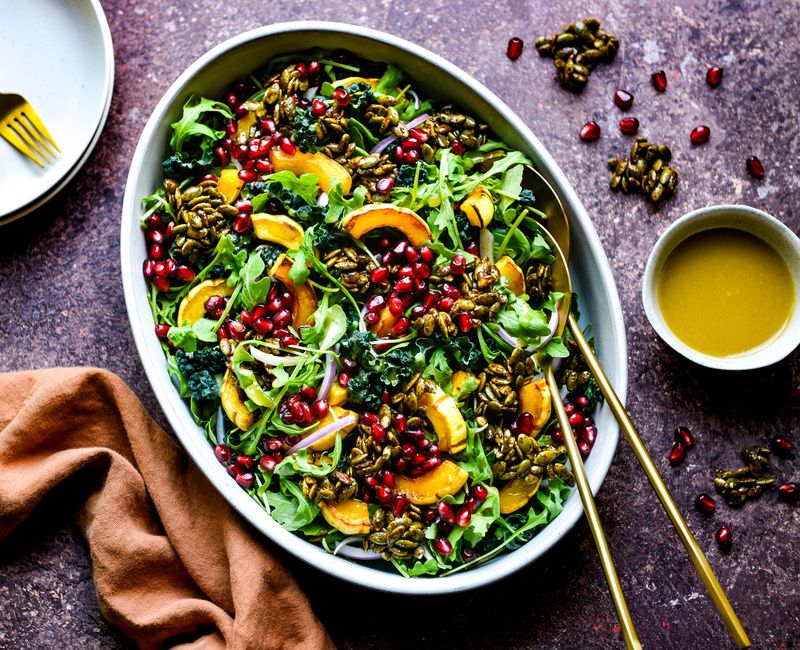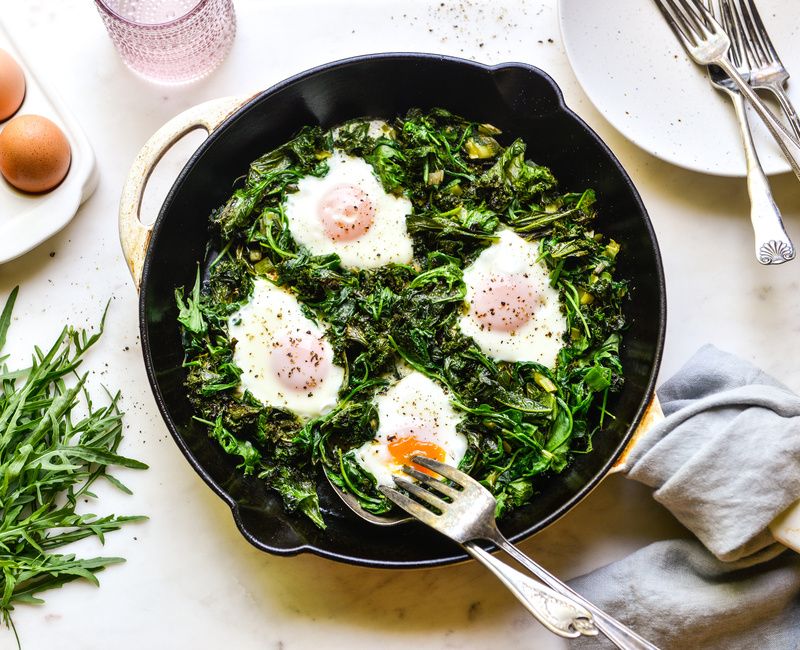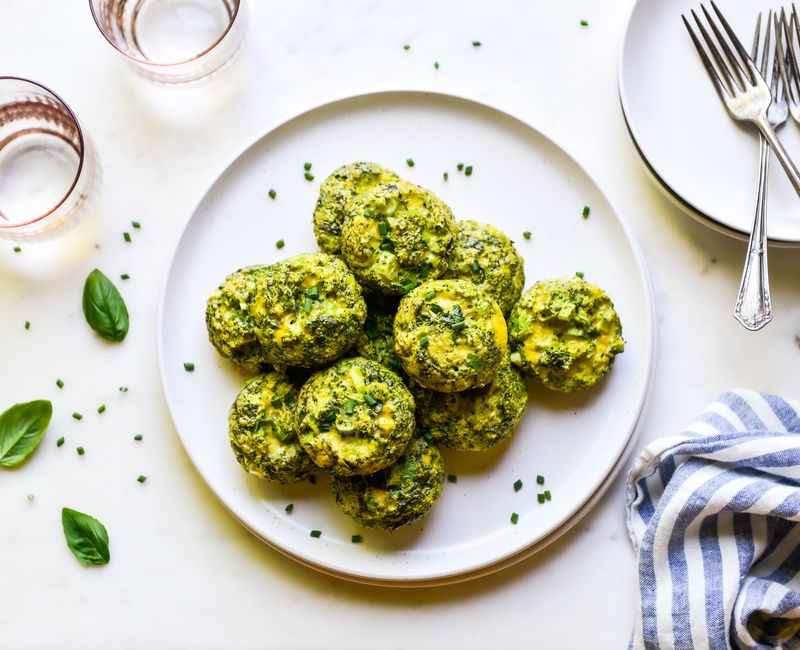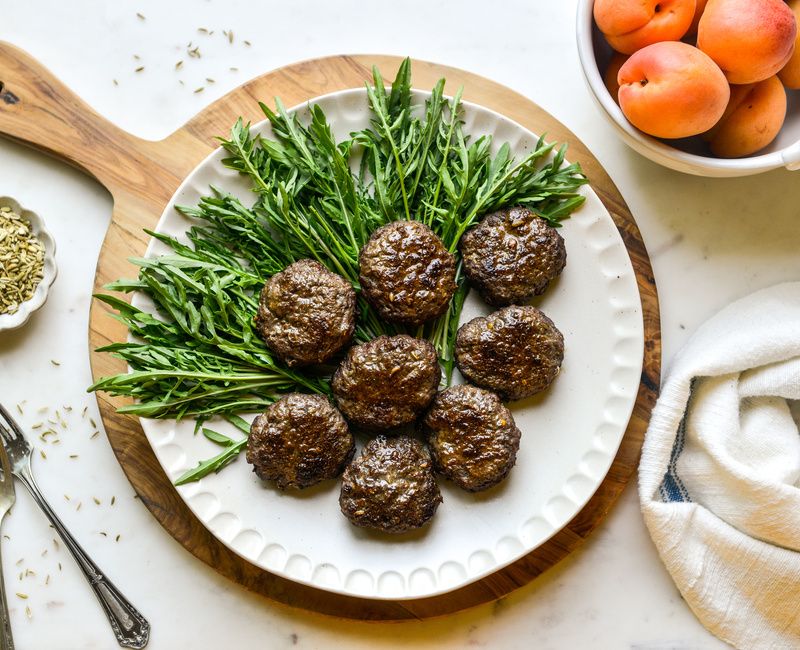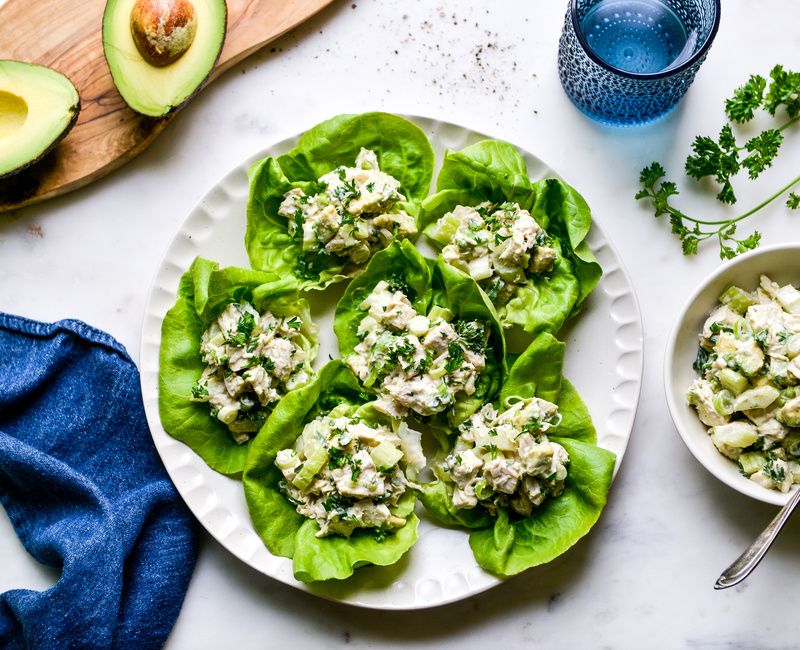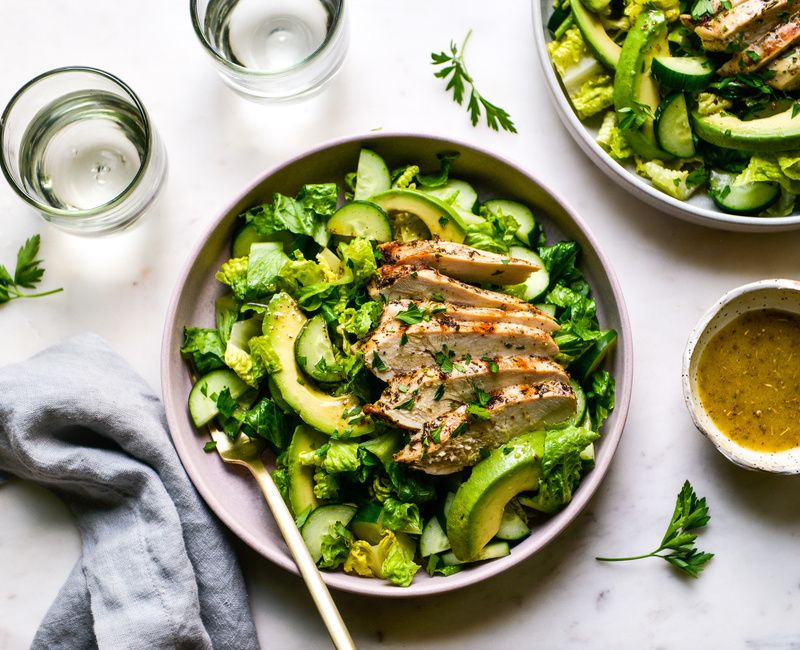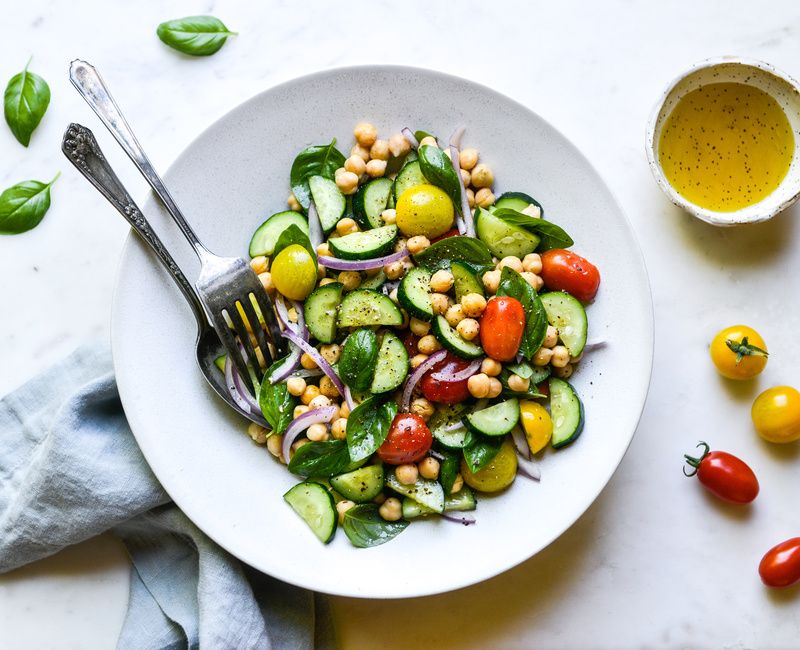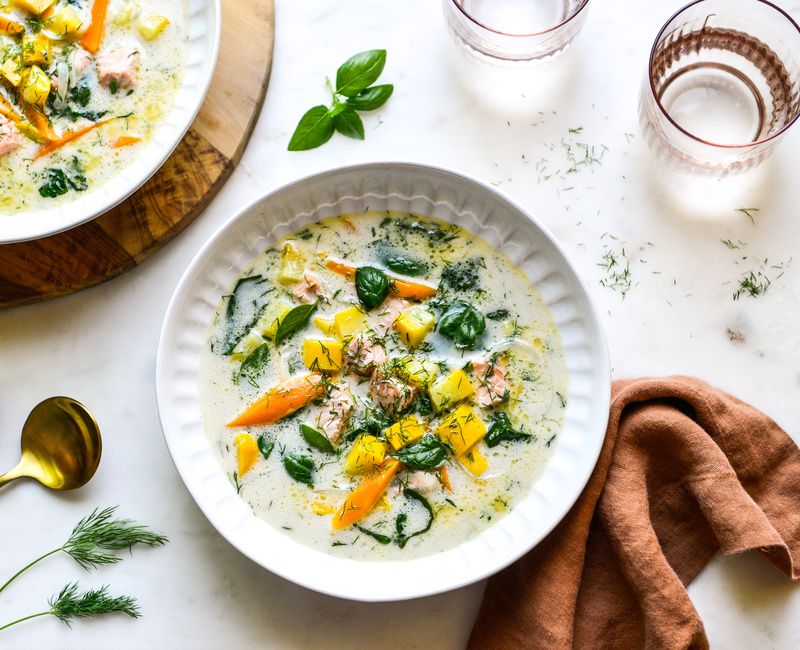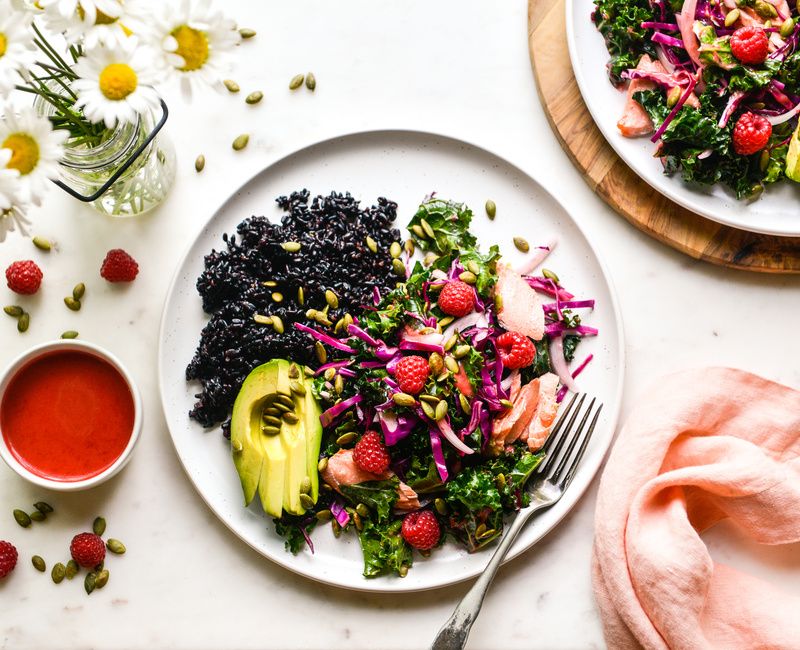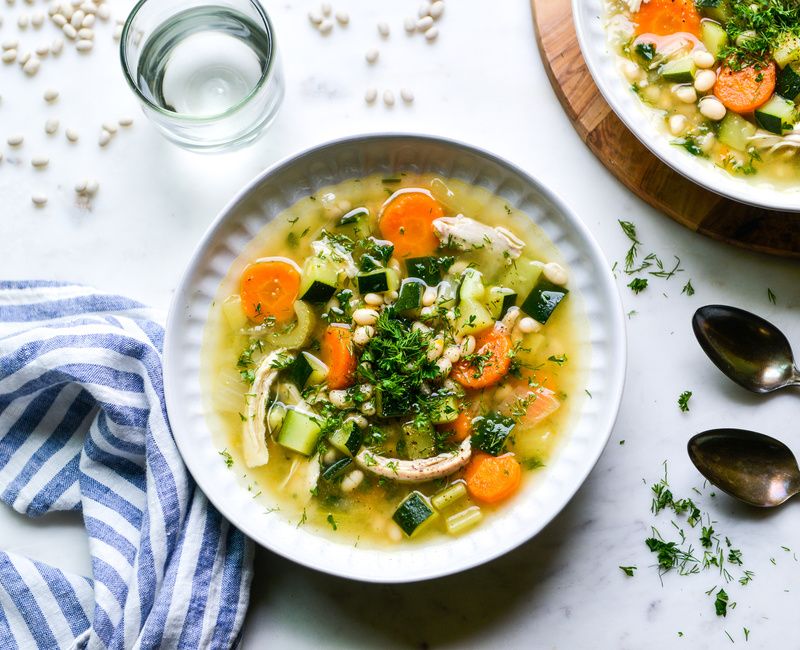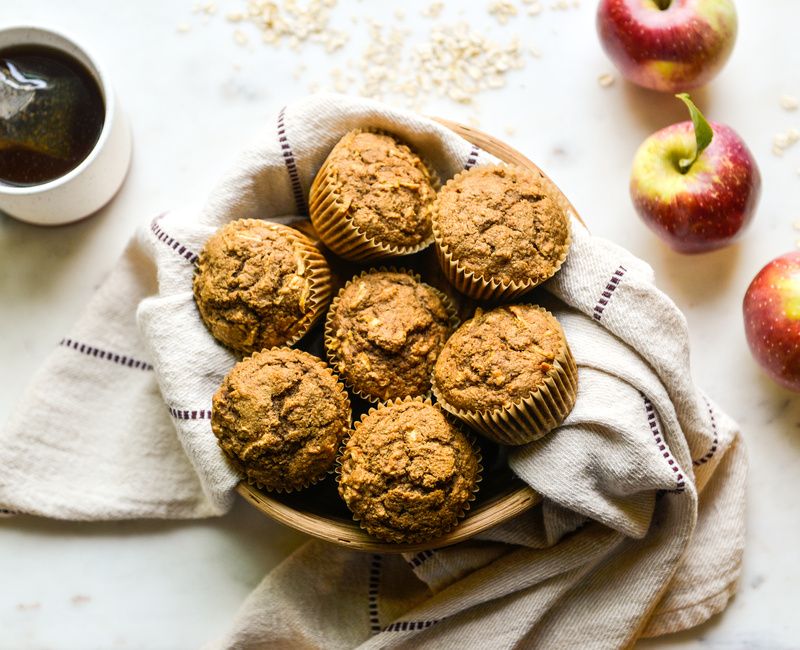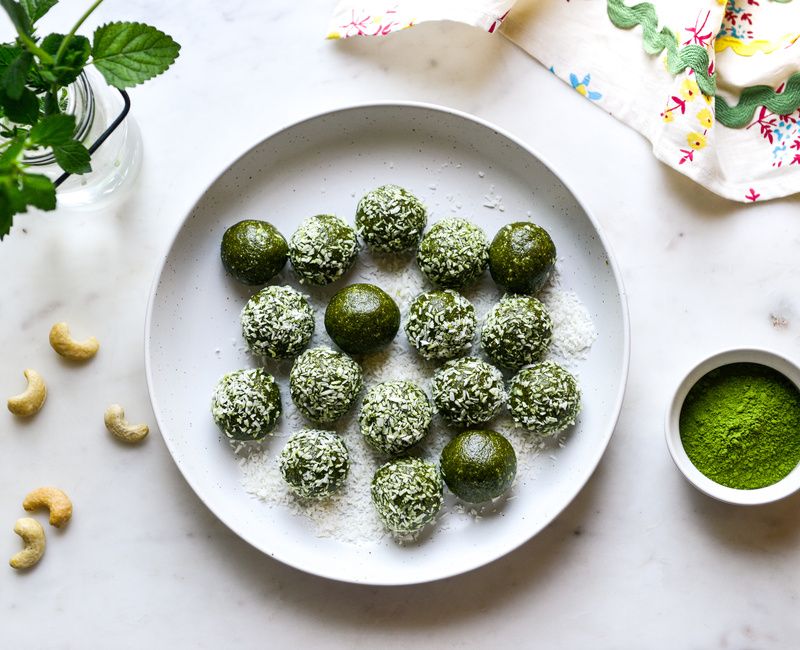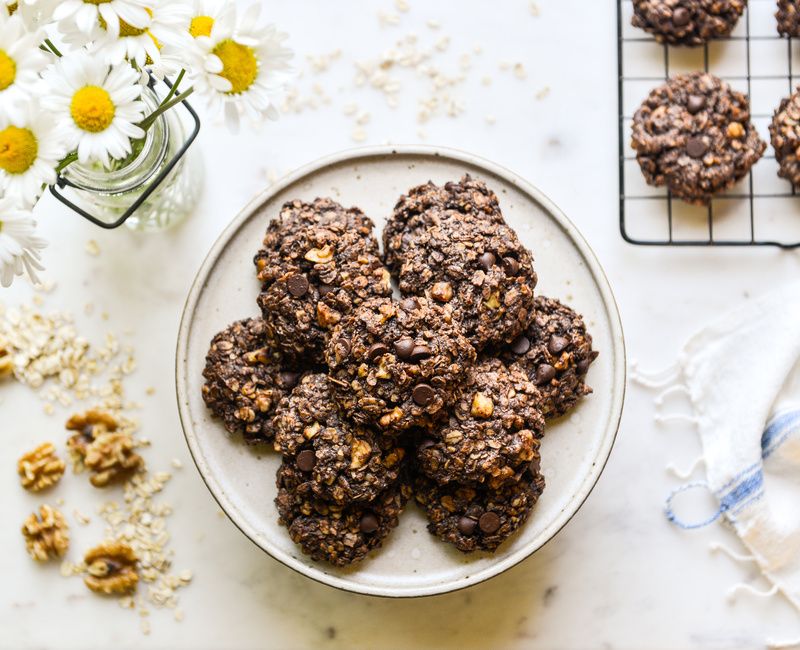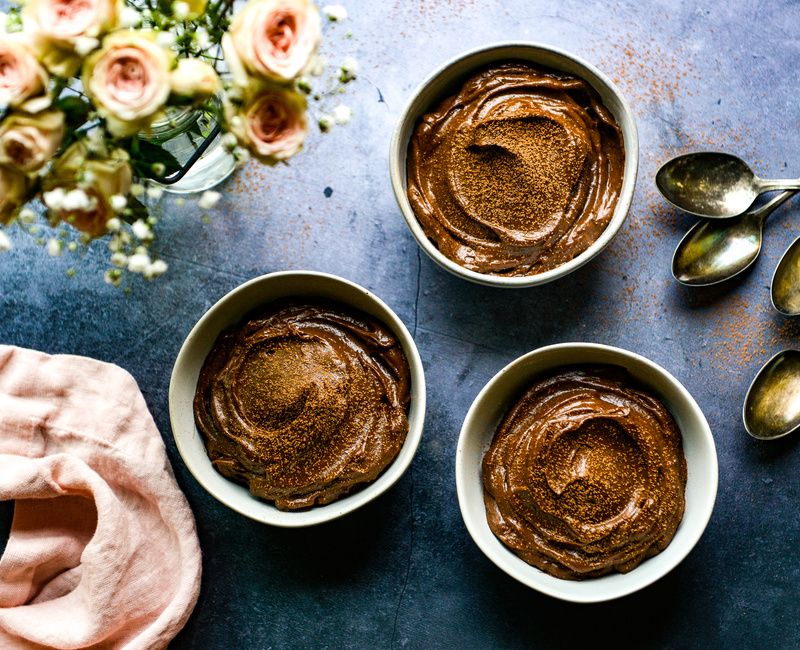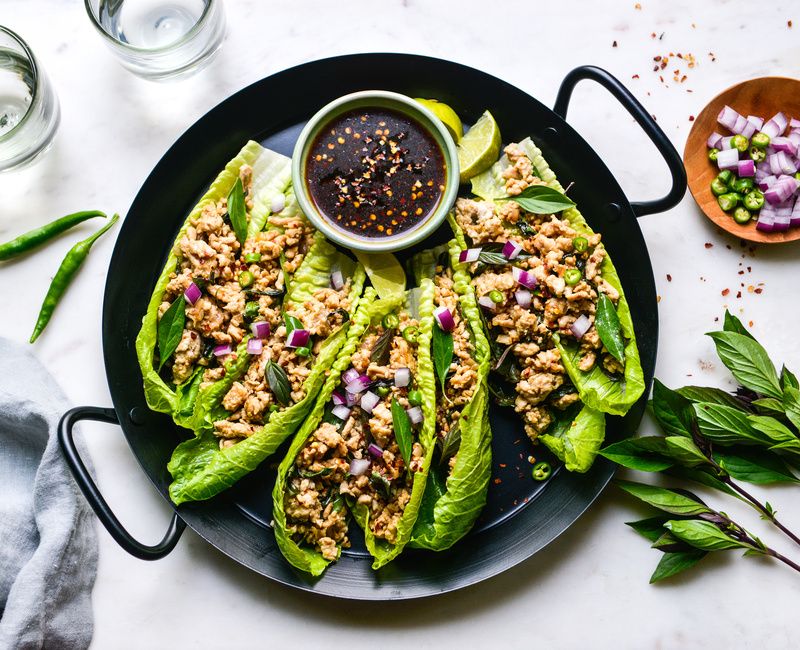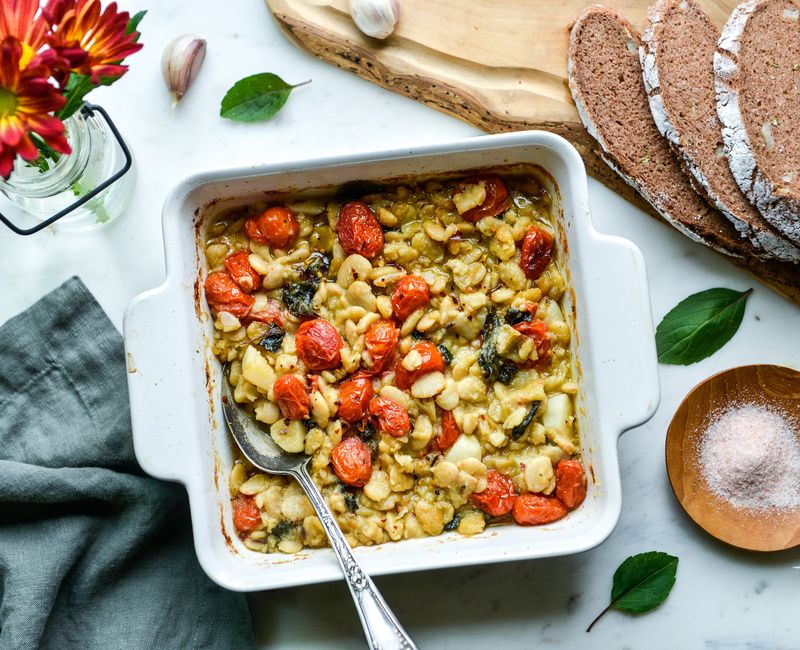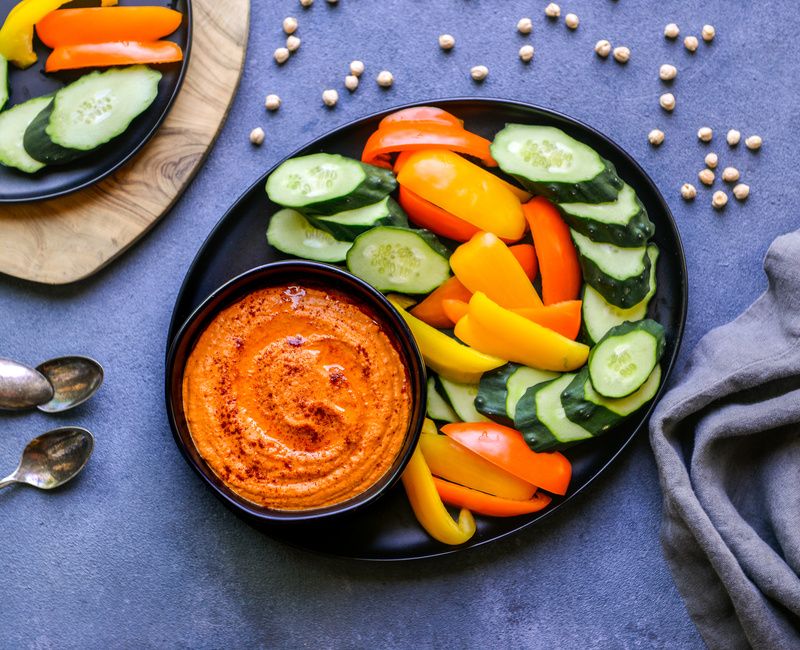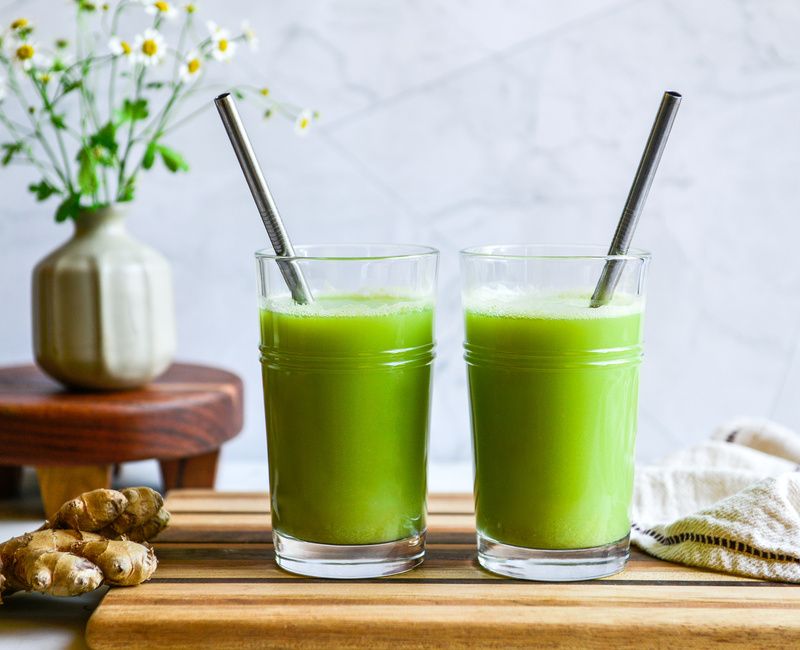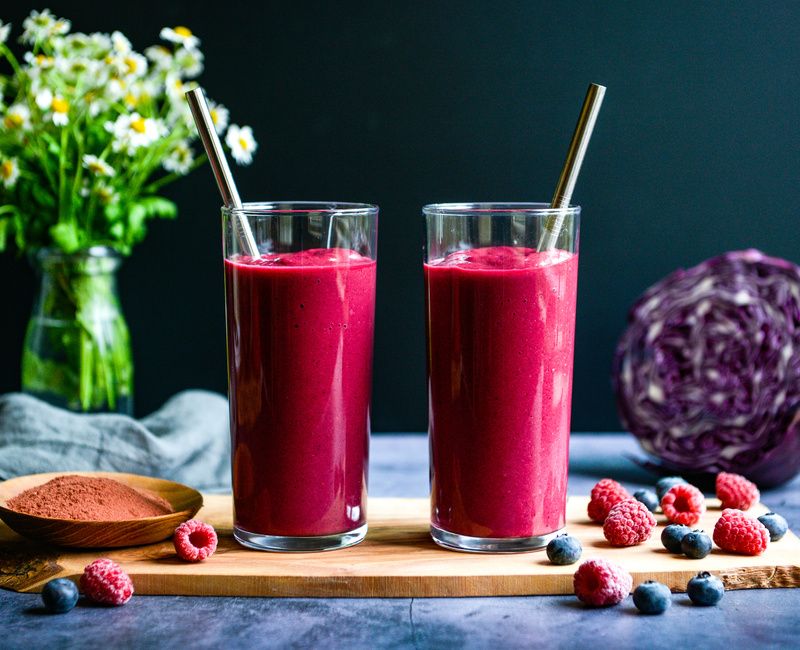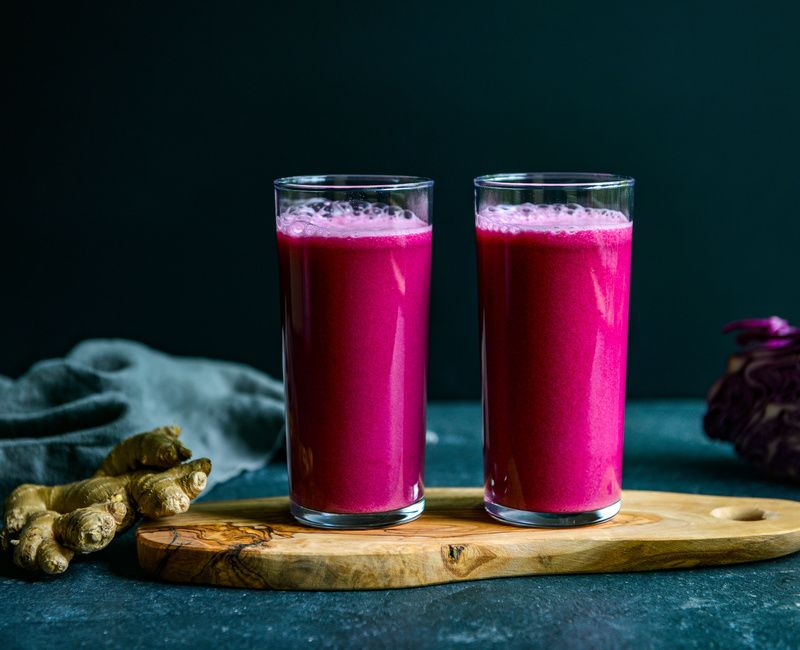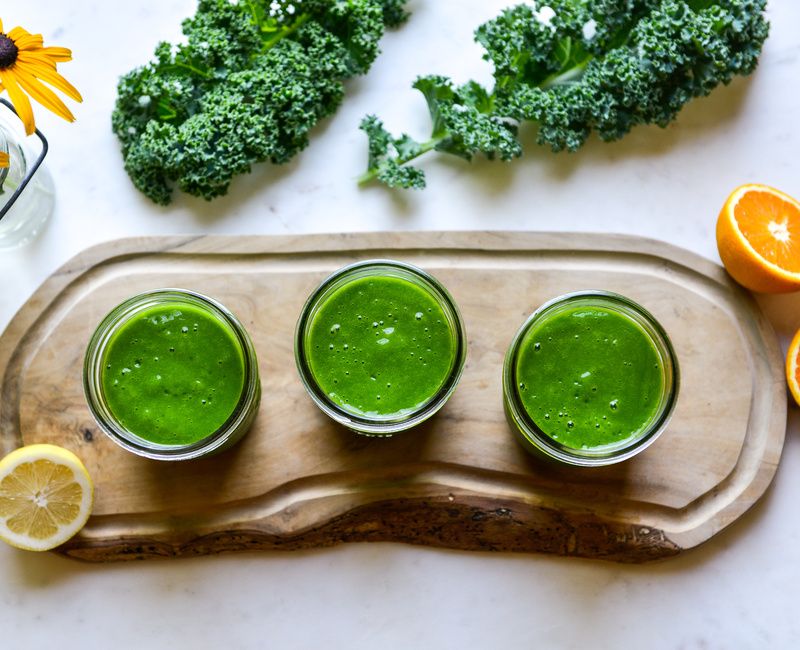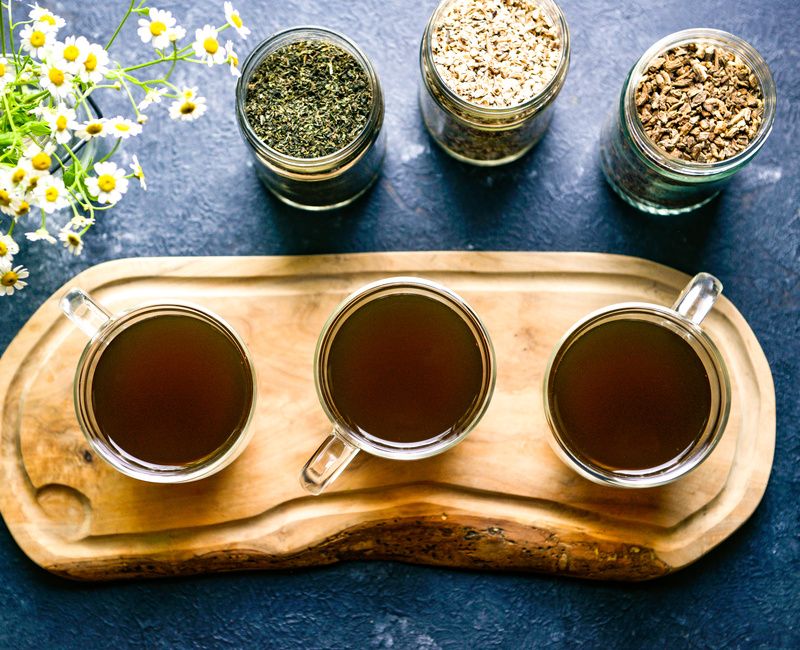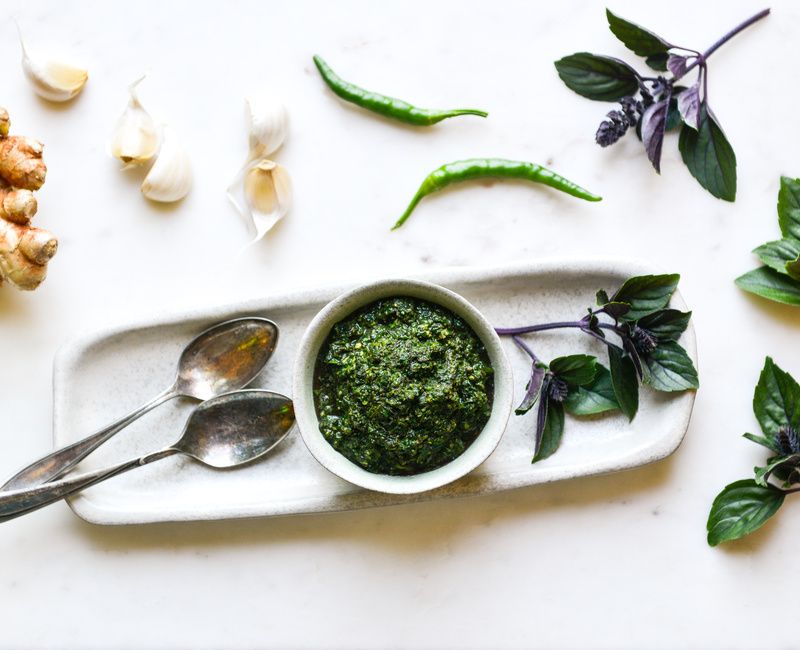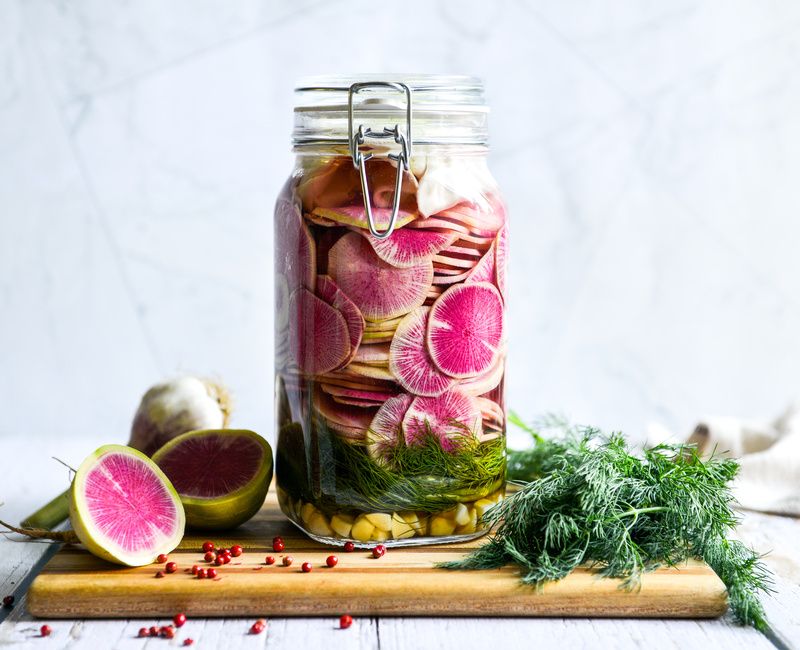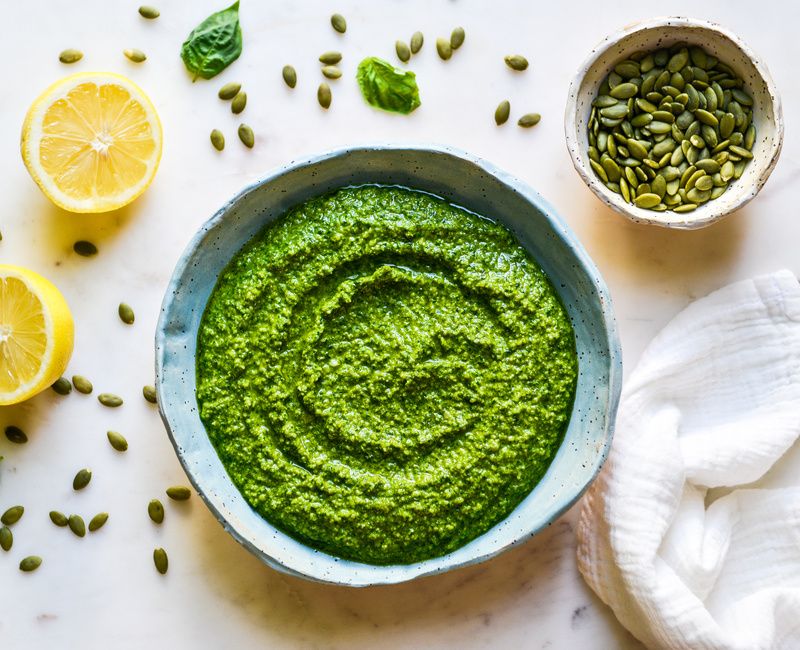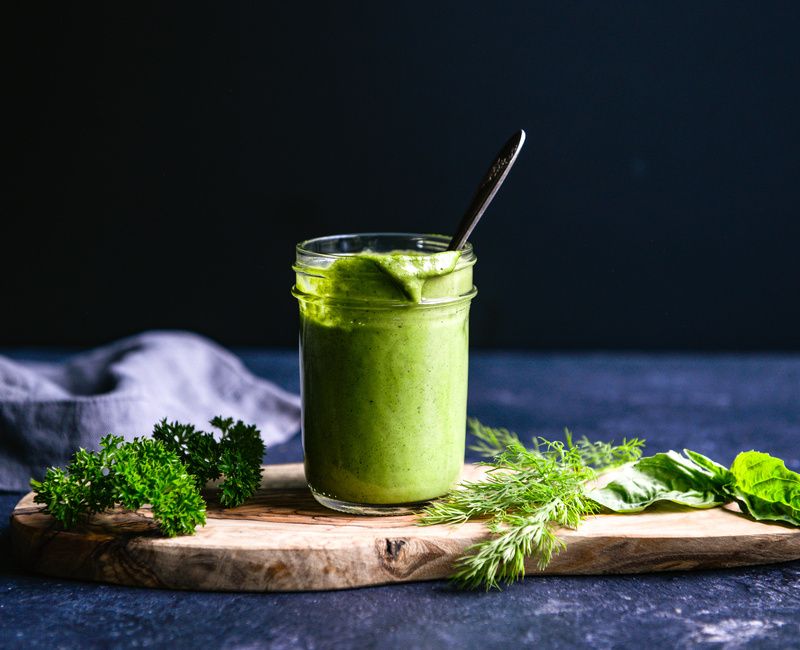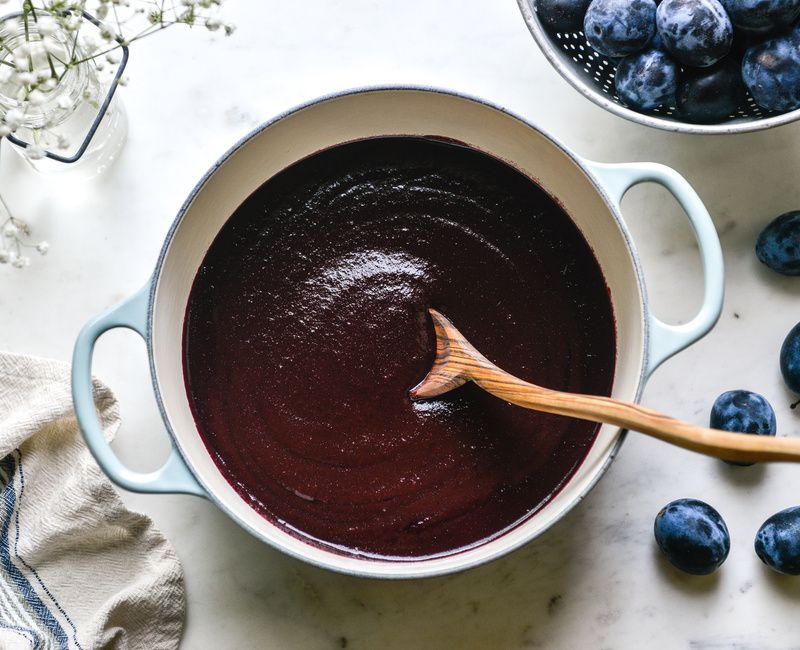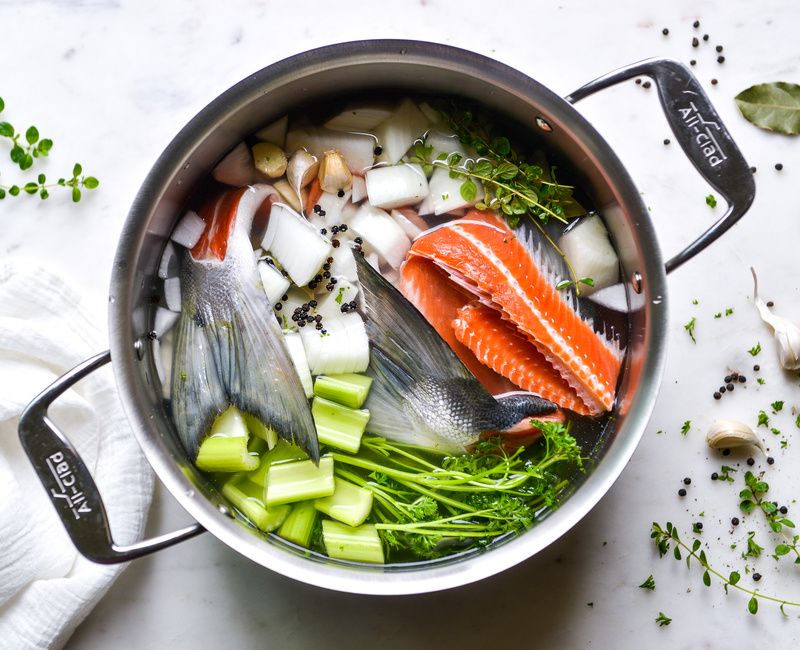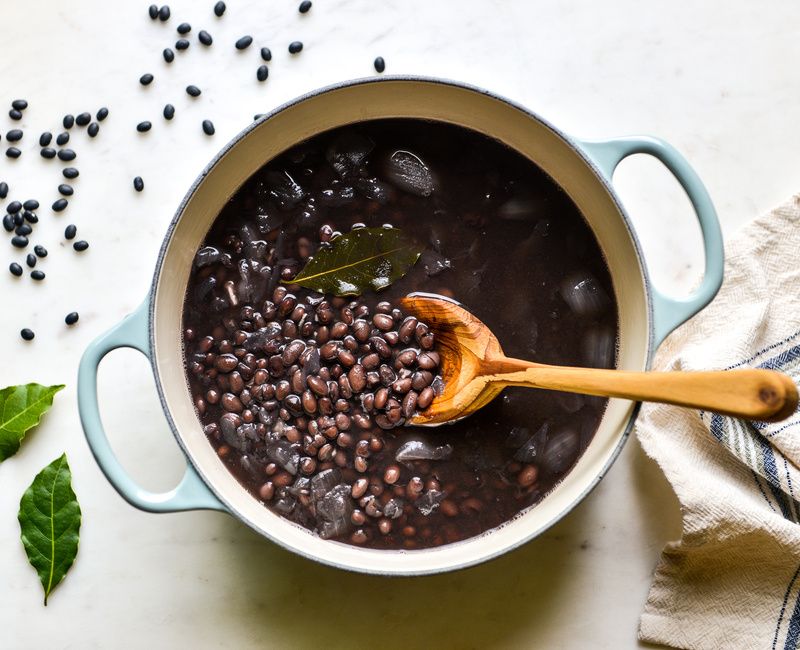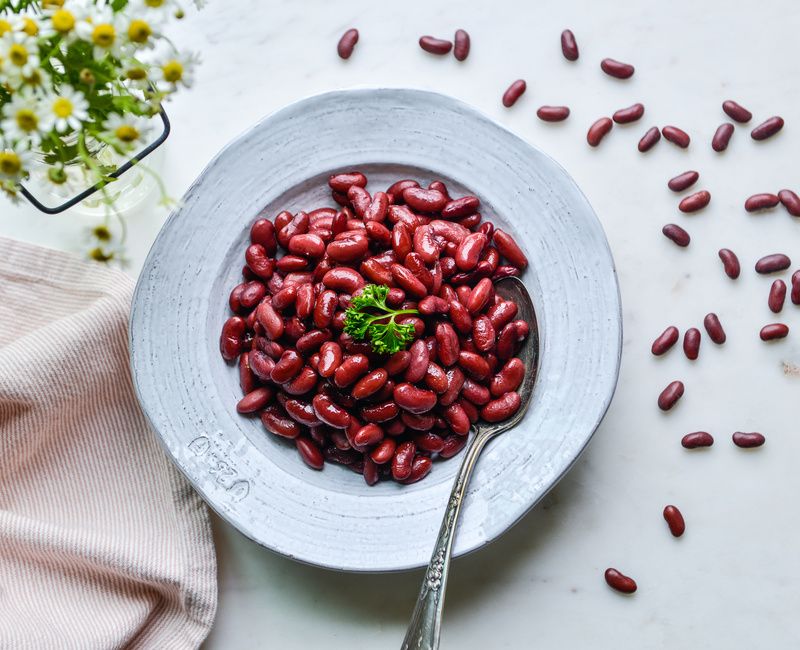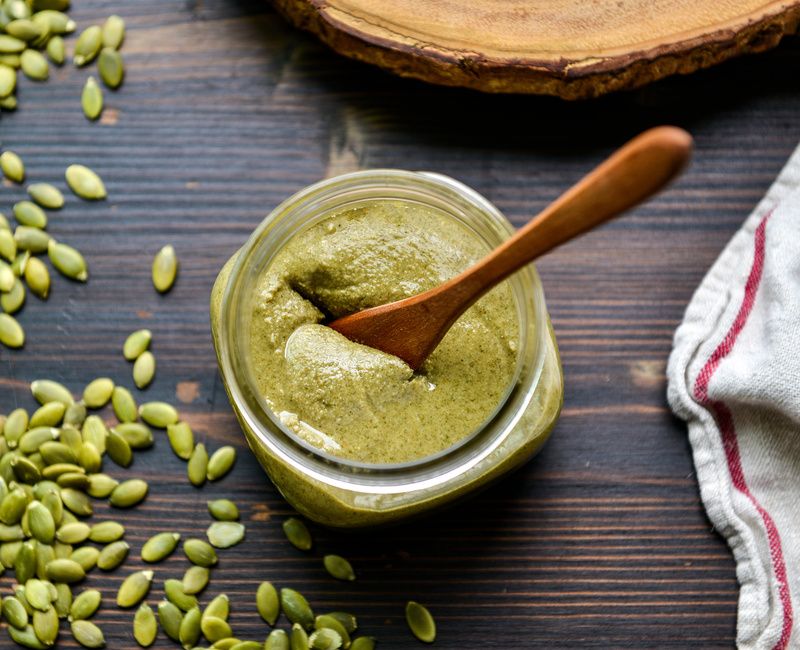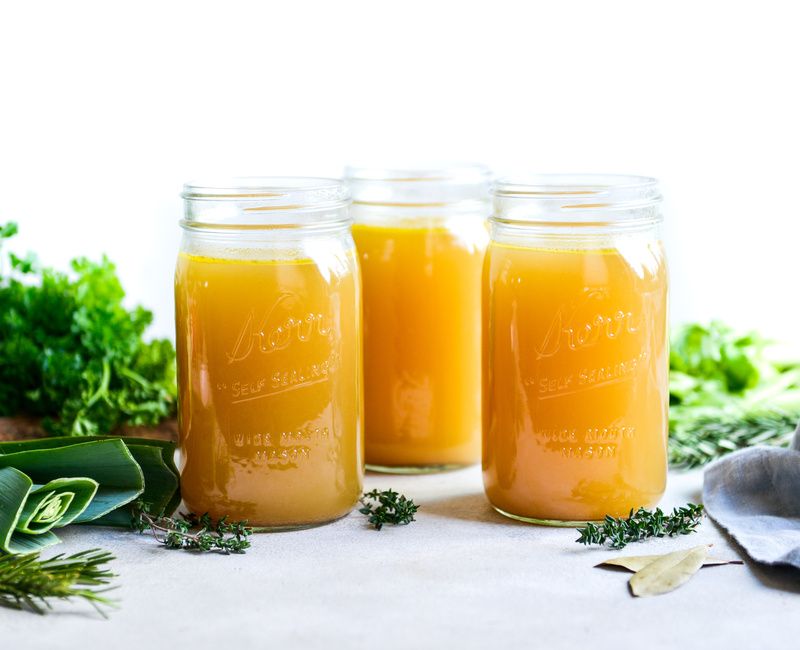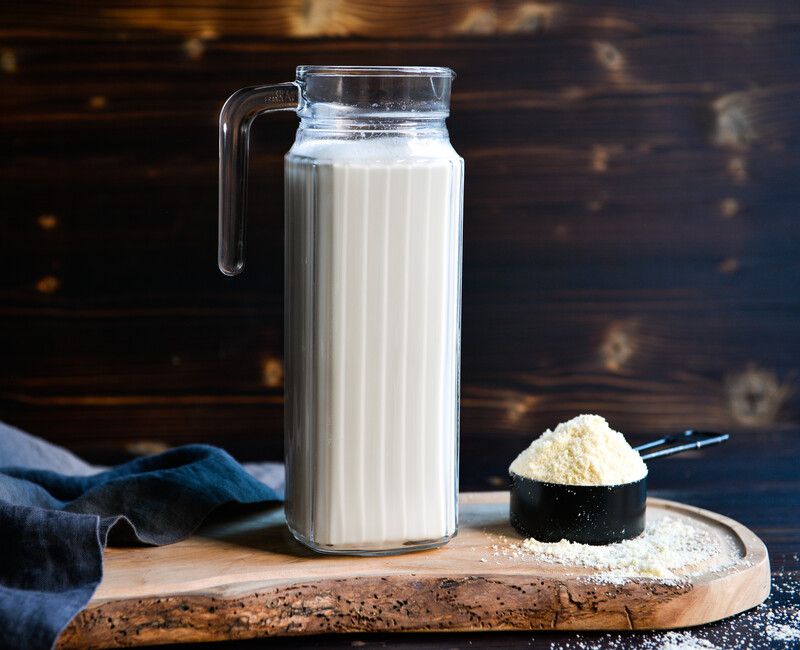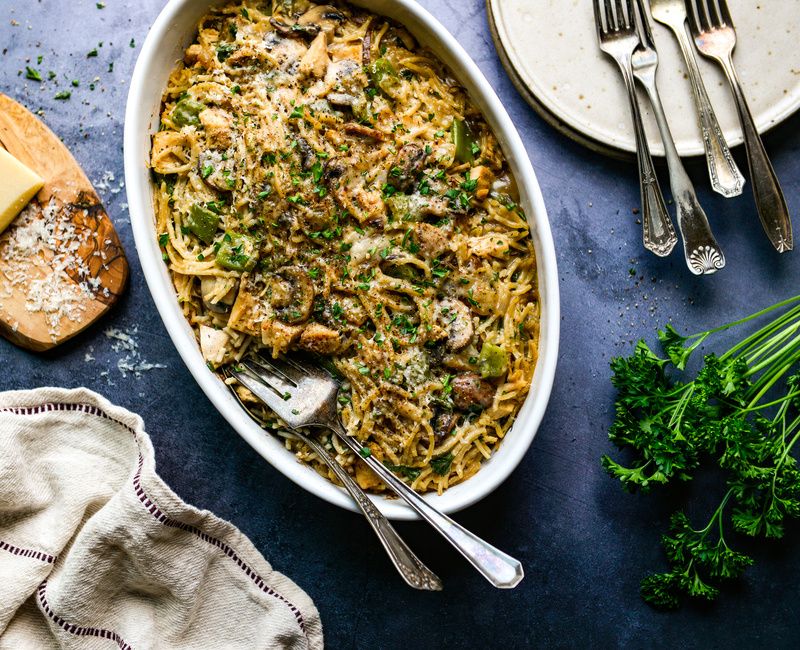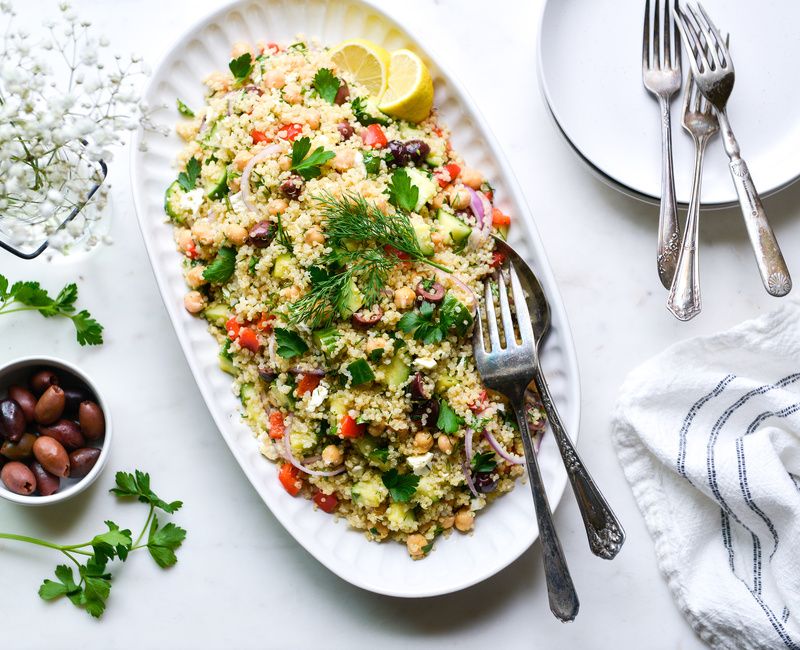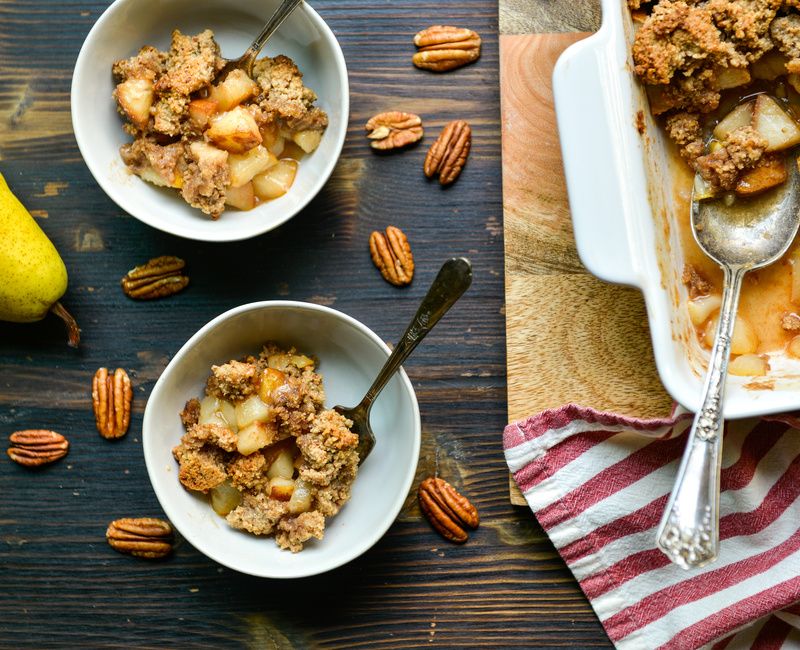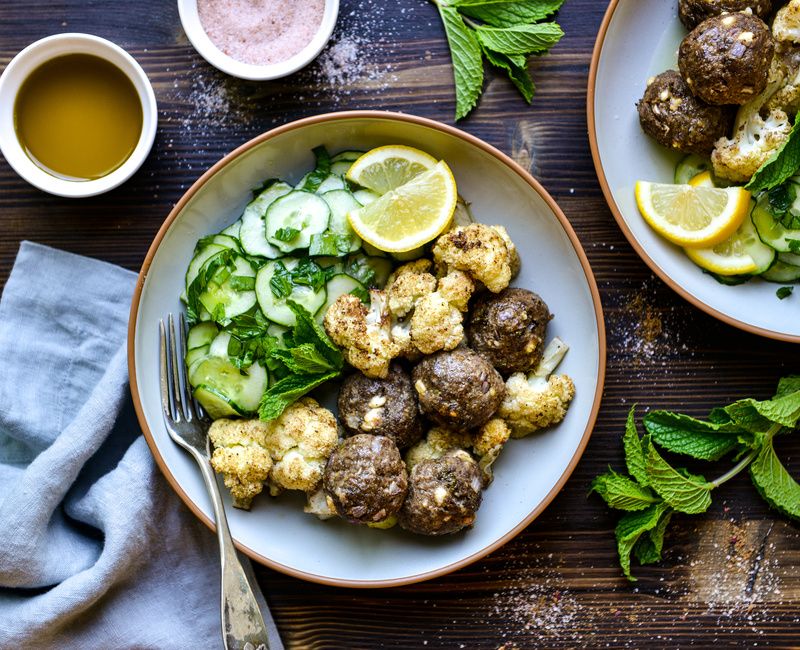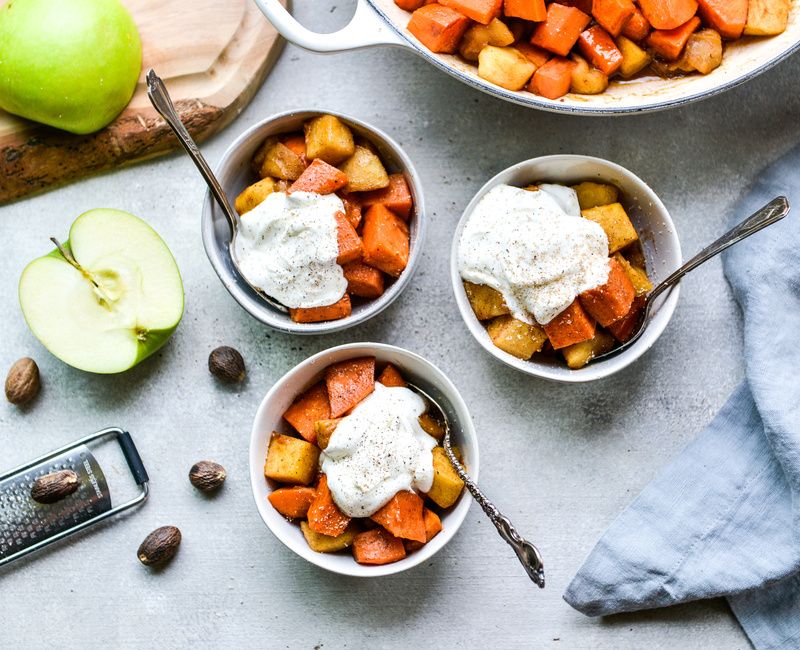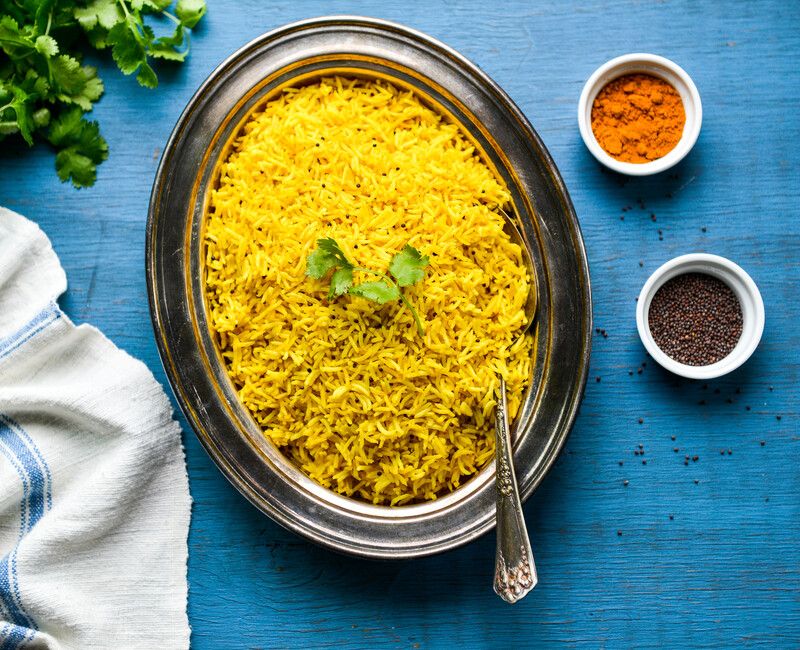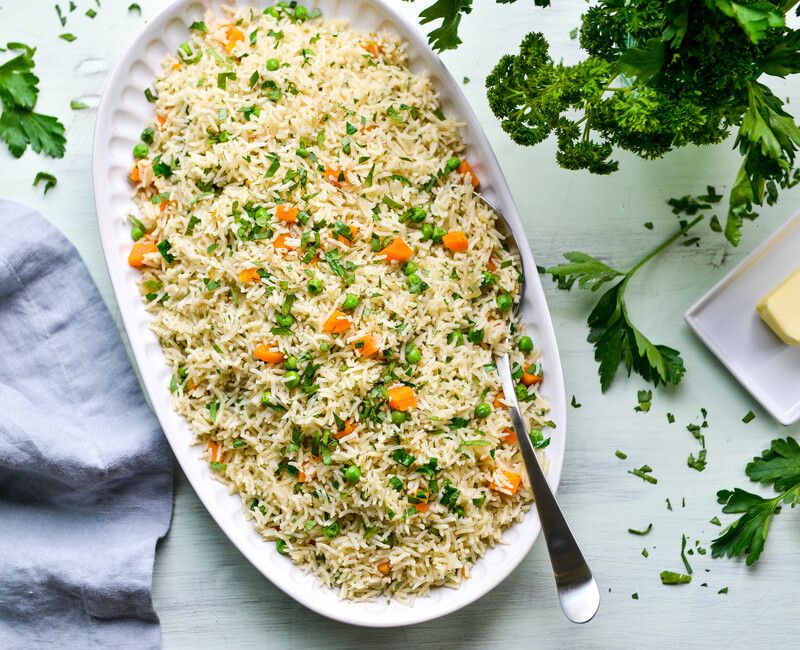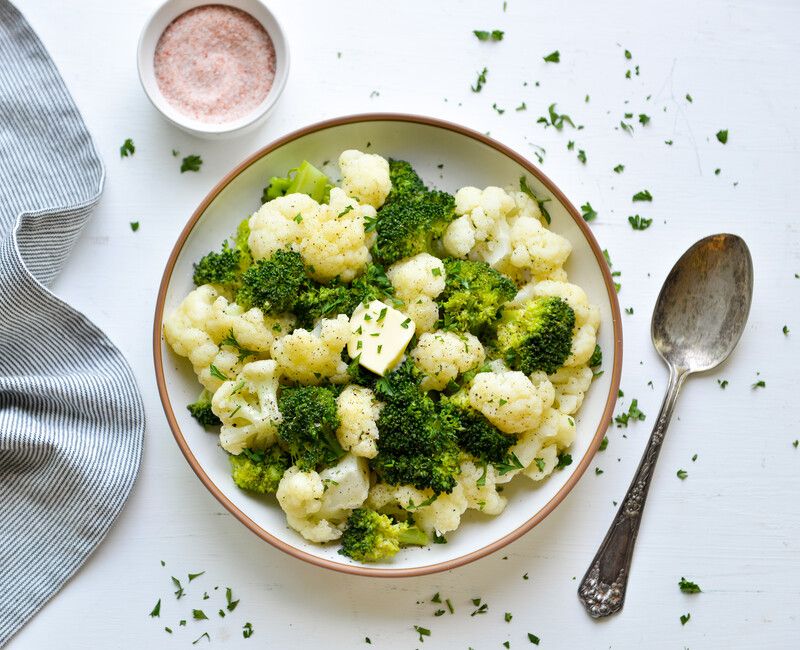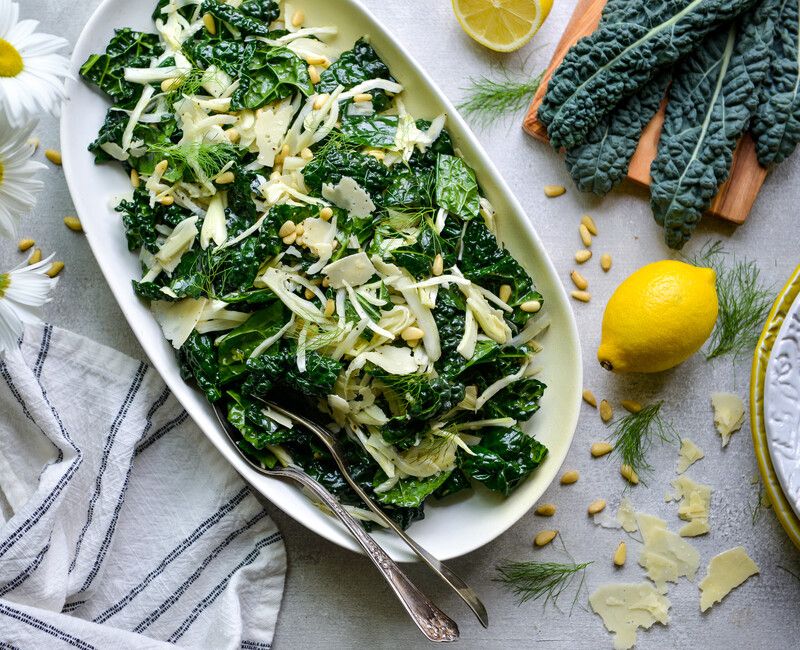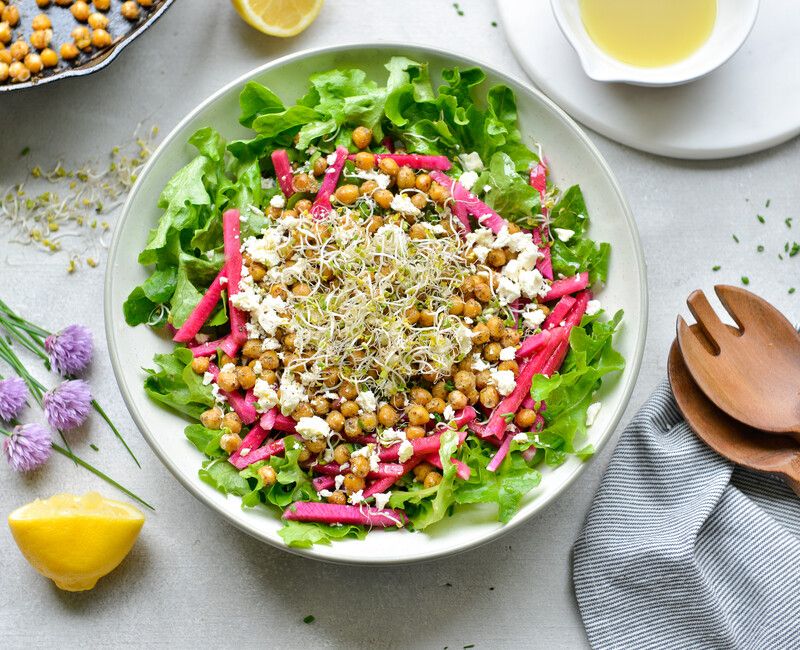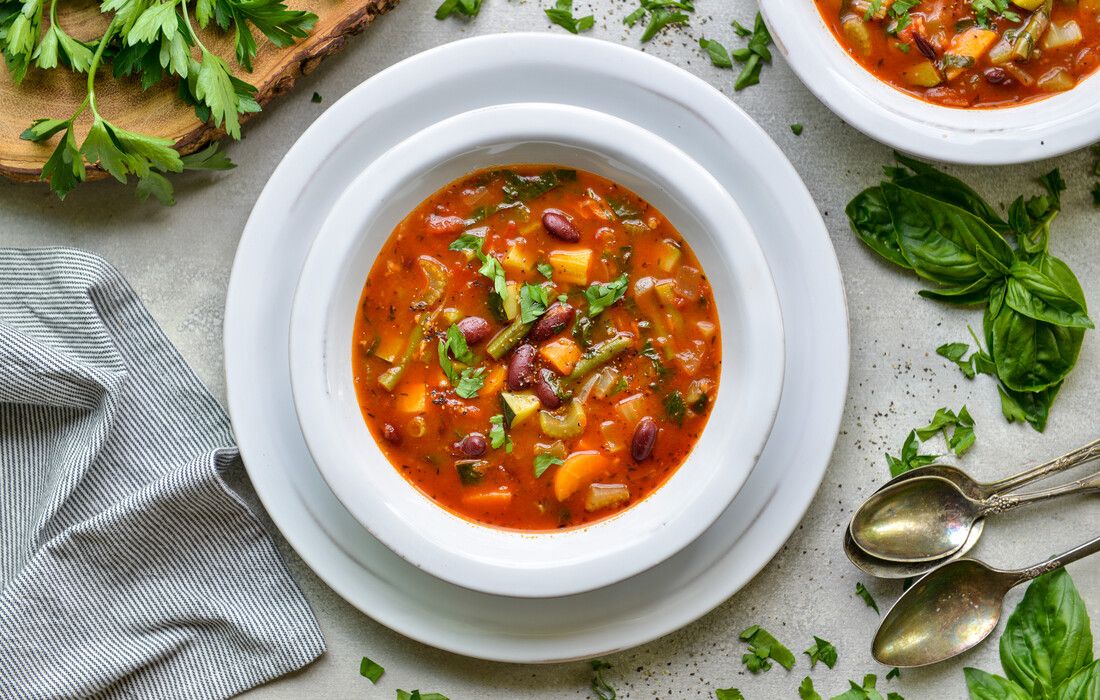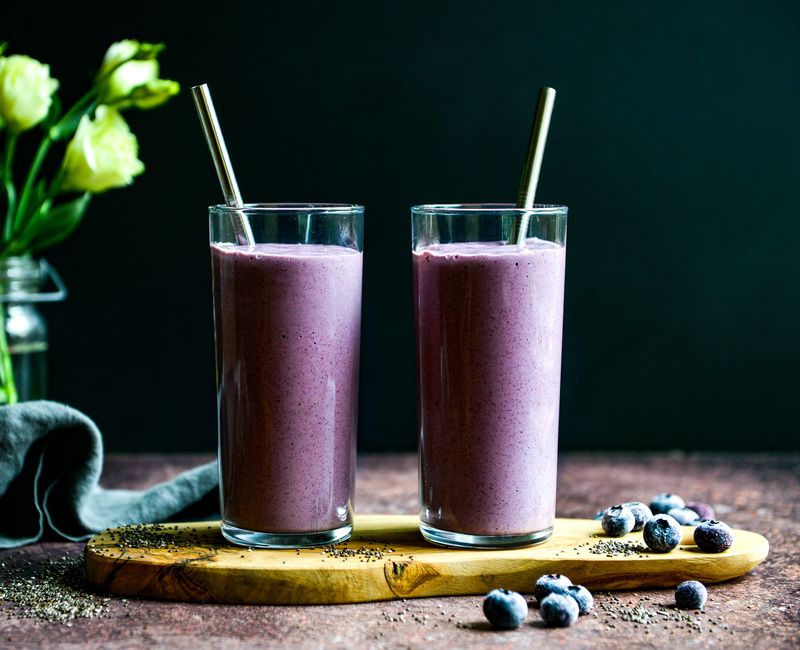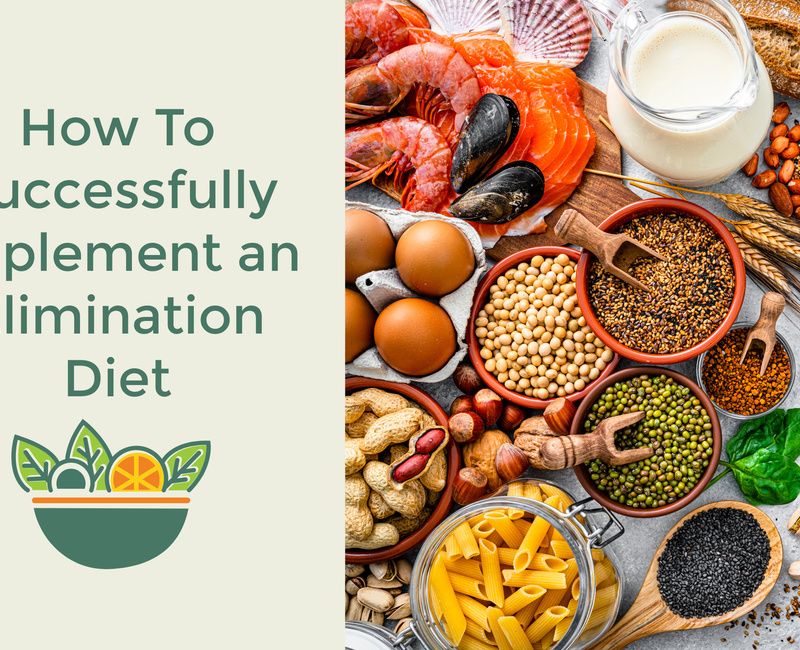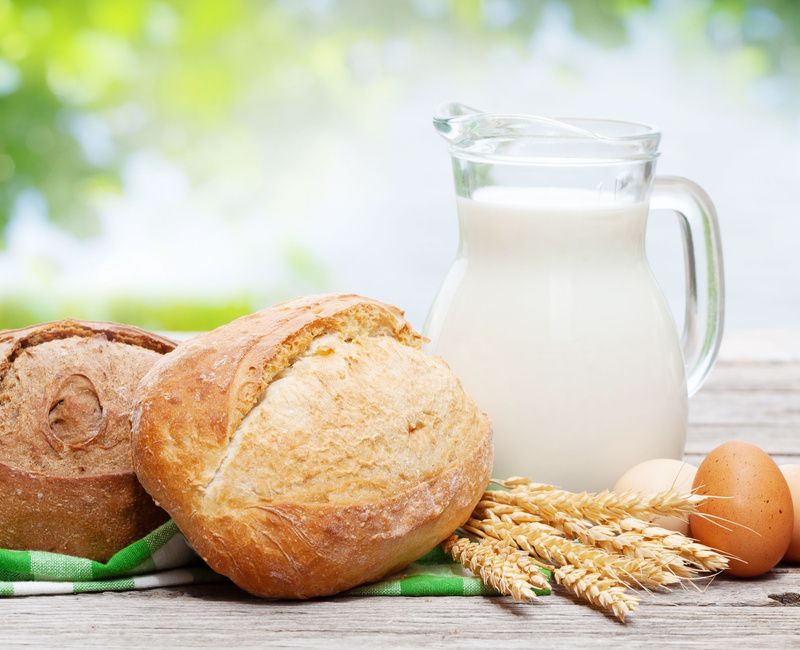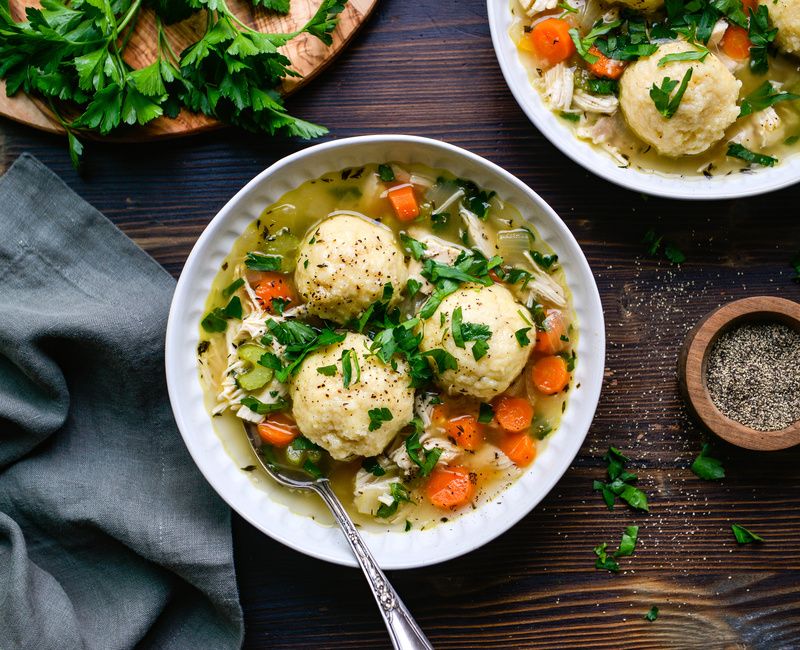Dairy-Free
Do you ever feel bloated, foggy, congested, or simply unwell after consuming dairy? You're not alone. Many people experience subtle or pronounced symptoms that stem from a sensitivity to milk proteins or an inability to properly digest lactose. For others, dairy may contribute to immune imbalances, skin issues, or chronic inflammation without them even realizing the root cause. The good news? Removing dairy from your diet can lead to profound changes—more energy, clearer skin, better digestion, improved mood, and a stronger connection to your body’s signals. From a scientific perspective, dairy may trigger immune responses, spike insulin, or alter gut function in genetically susceptible individuals. From a soul-nourishing perspective, a dairy-free lifestyle is an invitation to reclaim your vitality through conscious eating, exploring delicious alternatives, and discovering the healing potential of plant-rich, whole-food nourishment.

Latest Lactose-Free Recipes
Dairy-Free Safe with Modifications
What is a Dairy-Free Diet?
A dairy-free diet eliminates all milk products derived from animals, including cow, goat, and sheep milk. This means removing milk, butter, cheese, yogurt, kefir, cream, sour cream, ricotta, cottage cheese, cream cheese, whey protein, and casein-containing products.
Plant-based alternatives such as almond, oat, coconut, or cashew milks can be used in place of cow’s milk. Coconut-based yogurts, cashew-based ice creams, and vegan ricotta alternatives made from nuts offer satisfying swaps. Butter can be replaced with coconut oil, avocado oil, olive oil, or dairy-free vegetable shortening depending on the recipe.
Who is the Dairy-Free Diet For?
A dairy-free diet may be beneficial if you experience any of the following symptoms or conditions:
-
Abdominal pain, bloating, cramping, or gas
-
Loose stools, chronic constipation, or gastrointestinal bleeding
-
Acid reflux, chronic nausea, or vomiting after eating
-
Eczema, hives, or atopic dermatitis
-
Asthma, allergic rhinitis, sinus issues, or chronic ear infections
-
Anemia or iron deficiency
-
ADD/ADHD or autism
-
Joint pain, arthritis, or autoimmune flares
-
Chronic migraines or persistent headaches
-
Multiple food sensitivities or immune imbalances
-
Type 1 diabetes or cancer
-
Depression, mood swings, or low energy
This diet is also recommended for individuals who are lactose intolerant, have a milk protein allergy, or experience delayed immune responses to milk proteins that do not show up on standard allergy tests.
How Does the Dairy-Free Diet Work?
Symptoms from dairy consumption may be caused by two separate mechanisms: a reaction to lactose, the sugar in milk, or to milk proteins, such as casein and whey.
Lactose (Milk Sugar): Lactose intolerance occurs when the body does not produce enough of the enzyme lactase needed to break down lactose. This affects up to 75% of the global population. Symptoms include gas, bloating, abdominal pain, loose stools, and nausea. Fermentation significantly reduces lactose content, making some yogurts and cheeses lower in lactose—but not suitable for everyone.
Milk Proteins (Casein and Whey): There are at least 30 antigenic proteins in milk. Casein is the most commonly used milk protein in the food industry; whey proteins (lactalbumin, lactoglobulin, bovine albumin, and gamma globulin) are other proteins within milk. Milk proteins are listed on food labels with a variety of names such as milk solids, skim milk powder, casein, caseinates, whey, and albumin.
When milk antigens get through the gut mucosa intact, they may be responsible for a host of delayed immune responses that do not depend on the standard IgE antibodies. These delayed immune responses depend on other antibody types—IgA, IgG, IgD, and IgM—and often go undetected in standard skin prick tests.
Milk proteins are also inherently sedative and potentially addictive. This natural design helps infant mammals bond with and repeatedly feed from their mothers. Calcium in milk buffers stomach acid, allowing large immunoglobulin proteins to pass undigested through the infant gut. In humans, this same mechanism may contribute to addictive dairy behaviors and immune system confusion when foreign proteins pass through a compromised gut lining.
Children who are addicted to dairy may become picky eaters, exhibit pale complexions, and experience vomiting or nausea after meals—often accompanied by intense dairy cravings.
Casein proteins make up about 82% of milk's protein content and are highly concentrated in cheese—possibly explaining its addictive nature. Immune responses to casein can lead to nutrient malabsorption, failure to thrive in children, joint pain, wheezing, and autoimmunity.
Different breeds of cows produce different beta-casein proteins. A1-type milk (from most modern dairy cows) is digested into beta-casomorphin 7 (BCM7), an opioid-like peptide associated with mucus production, asthma, and reduced nutrient absorption. A2-type milk (from Jersey, Guernsey, and Brown Swiss cows, as well as goats) does not form BCM7 and is more easily digested by some.
Whey proteins make up the remaining 18% of milk’s protein content. In sensitive individuals, whey can provoke allergic reactions such as hives, wheezing, atopic dermatitis, vomiting, or anaphylaxis. Whey is a by-product of cheese and yogurt making. For those who tolerate it, whey may offer benefits including microbiome support, satiety, and immune enhancement—but only when true allergies and sensitivities are ruled out.
Foods to Eat on a Dairy-Free Diet:
Focus on anti-inflammatory, whole, unprocessed foods that support healing and vitality:
-
Fresh fruits and vegetables (especially calcium-rich greens like kale and collards)
-
Legumes (lentils, black beans, chickpeas, etc.)
-
Nuts and seeds (almonds, chia seeds, sunflower seeds)
-
Homemade nut milks (e.g., almond or cashew milk)
-
Canned full-fat coconut milk for creamy sauces and desserts
-
Calcium-fortified orange juice (optional)
-
Grass-fed meats, wild fish, pasture-raised poultry
-
Whole grains and gluten-free options (if tolerated)
Bone Health Note: A dairy-free diet does not increase your risk for osteoporosis. In fact, global populations with the lowest dairy intake often have the lowest rates of osteoporosis. Calcium absorption from plant foods like kale and beans is efficient, and nutrients like vitamin D, potassium, magnesium, and vitamin K2 are equally essential. True bone health comes from a synergy of nutrient-dense eating, movement, and gut health.
Foods to Avoid on a Dairy-Free Diet:
Avoid all foods and ingredients made from or containing milk, including:
-
Cow, goat, or sheep milk
-
Butter, ghee, margarine with dairy derivatives
-
All cheeses (including hard and soft varieties)
-
Yogurt, kefir, sour cream, and cream cheese
-
Ricotta, cottage cheese, and ice cream
-
Whey protein powders and casein-containing products
-
Processed foods with “hidden dairy” such as:
-
Milk solids
-
Skim milk powder
-
Casein or caseinates
-
Whey or whey protein concentrate
-
Lactalbumin or beta-lactoglobulin
-
Benefits of a Dairy-Free Diet:
Removing dairy from your diet may result in a wide range of health improvements, including:
-
Reduced inflammation and joint pain
-
Clearer skin and fewer eczema or acne flare-ups
-
Better digestion and less bloating or gas
-
Improved mood, mental clarity, and energy
-
Fewer respiratory symptoms like sinus congestion or chronic cough
-
Stronger immune function and fewer food reactions
-
Potential improvement in autoimmune symptoms and better blood sugar regulation
For many, a dairy-free diet is life-changing. The transformation often goes beyond physical symptoms—it reconnects you to your intuition, supports emotional balance, and opens a pathway to deeper healing.
Challenges and Drawbacks:
-
Navigating hidden dairy in processed foods requires label reading and education.
-
Dining out or eating at social events may feel limiting at first.
-
It may take time to find dairy-free alternatives that you love.
-
Some may need extra attention to calcium, potassium, and vitamin D intake.
-
Food cravings—especially for cheese—can feel emotionally challenging to overcome but often fade with time and nourishment.
Remember: your taste buds adjust, your body recalibrates, and your dedication to healing becomes stronger than the temporary discomfort of change.
How Do I Start a Dairy-Free Diet?
-
Become a Nourishing Meals® Member to get access to all of our dairy-free, anti-inflammatory, and therapeutic recipes.
-
Set up your User Profile to include “Dairy-Free” along with any other food allergens or preferences. If you are simply needing to remove Lactose from your diet, then choose "Lactose-Free."
-
Use the Recipe Search Tool to explore dairy-free meals, snacks, and desserts you’ll love.
-
Download shopping lists and plan your meals with our easy-to-use Meal Planner.
-
Join the Nourishing Meals Community Facebook Group to stay inspired with new recipes, support, and tips.
Let food be your guide to healing. Start your dairy-free journey today and discover what vibrant health feels like when your body is finally heard and honored.
| Plan | Length | Actions |
|---|---|---|
7 Days of Nourishing Winter Soups |
7 days | Please login to view and schedule plans |
Easy Cardiometabolic Breakfasts |
3 days | Please login to view and schedule plans |
Gluten-Free Dairy-Free Thanksgiving Menu |
1 day | Please login to view and schedule plans |
Easy Fall Family Meals |
8 days | Please login to view and schedule plans |
Easy Family Meals |
7 days | Please login to view and schedule plans |
Elimination Diet Breakfasts |
6 days | Please login to view and schedule plans |
Anti-Inflammatory Dinners Week 2 |
7 days | Please login to view and schedule plans |
Anti-Inflammatory Snacks |
1 day | Please login to view and schedule plans |
Anti-Inflammatory Breakfasts |
7 days | Please login to view and schedule plans |
Anti-Inflammatory Dinners Week 1 |
7 days | Please login to view and schedule plans |
Middle Eastern Christmas Dinner |
0 days | Please login to view and schedule plans |
Anti-Inflammatory Thanksgiving |
1 day | Please login to view and schedule plans |
Super Quick Anti-Inflammatory Dinners |
7 days | Please login to view and schedule plans |
Easy Paleo Fall Meals |
6 days | Please login to view and schedule plans |
Anti-Inflammatory Fall Meals |
14 days | Please login to view and schedule plans |
Meal Prep Detox Recipes |
1 day | Please login to view and schedule plans |
5 Days of Grain-Free Dinners |
5 days | Please login to view and schedule plans |
Egg-Free Easter Brunch |
1 day | Please login to view and schedule plans |
Paleo Easter Brunch |
1 day | Please login to view and schedule plans |
Low-Oxalate & Low-Histamine Dinners Week 1 |
7 days | Please login to view and schedule plans |
Low-Oxalate & Low-Histamine Dinners Week 2 |
7 days | Please login to view and schedule plans |
Easy Gluten-Free and Dairy-Free Main Dishes |
11 days | Please login to view and schedule plans |
Fall Detox Diet Dinners-1 |
7 days | Please login to view and schedule plans |
Quick and Easy Anti-Inflammatory Dinners |
7 days | Please login to view and schedule plans |
Easy Fall Low-Carb Dinners-2 |
7 days | Please login to view and schedule plans |
Spring Cleanse |
15 days | Please login to view and schedule plans |
Paleo Christmas Dinner |
0 days | Please login to view and schedule plans |
Recipes for Immune Health |
0 days | Please login to view and schedule plans |
Vegan & Gluten-Free Holiday Menu |
0 days | Please login to view and schedule plans |
Low-FODMAP Fall Meals |
10 days | Please login to view and schedule plans |
Egg-Free Breakfast Ideas |
1 day | Please login to view and schedule plans |
Easy Low-Histamine Dinners |
9 days | Please login to view and schedule plans |
Beginner Paleo 5-day Meal Plan |
5 days | Please login to view and schedule plans |
Nourishing Fall Family Meals |
8 days | Please login to view and schedule plans |
Gluten-Free + Dairy-Free School Lunch Recipes |
0 days | Please login to view and schedule plans |
Egg-Free Breakfasts |
7 days | Please login to view and schedule plans |
Paleo Dinners Under 40 Minutes! |
6 days | Please login to view and schedule plans |
Easy Plant-Based Summer Meals |
6 days | Please login to view and schedule plans |
Dairy-Free + Gluten-Free Snacks and Treats |
1 day | Please login to view and schedule plans |
Kid-Friendly Gluten-Free & Dairy-Free Meal Plan |
4 days | Please login to view and schedule plans |
5-Day Dairy-Free Meal Plan |
5 days | Please login to view and schedule plans |


